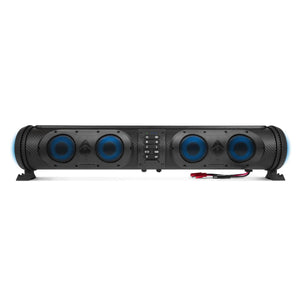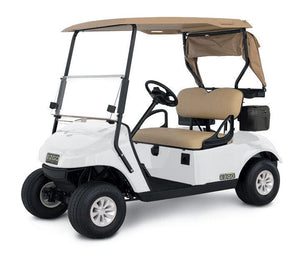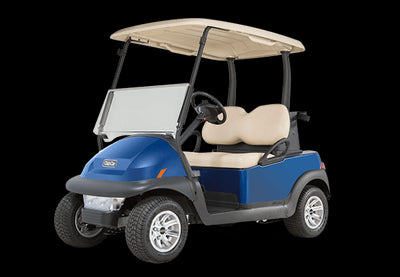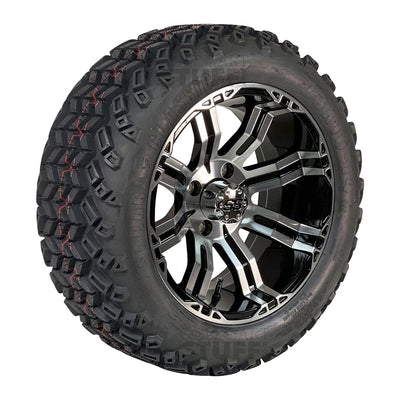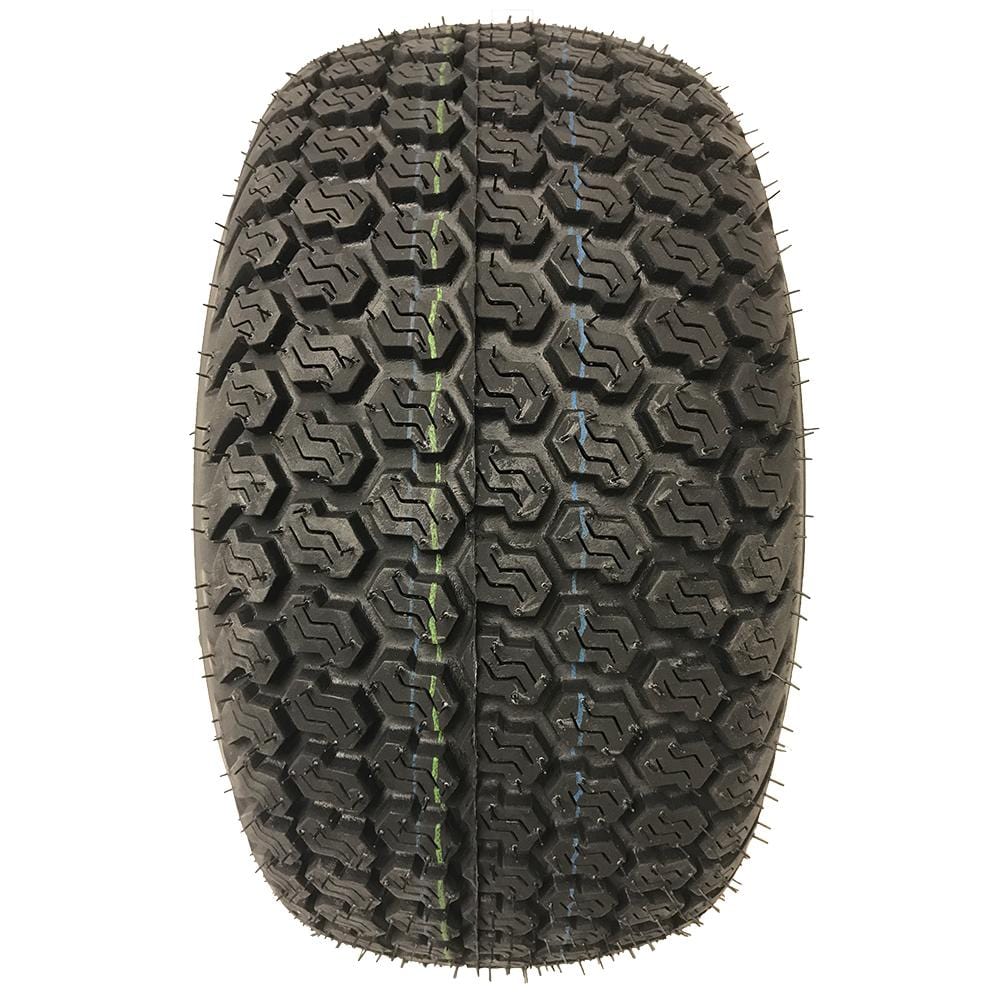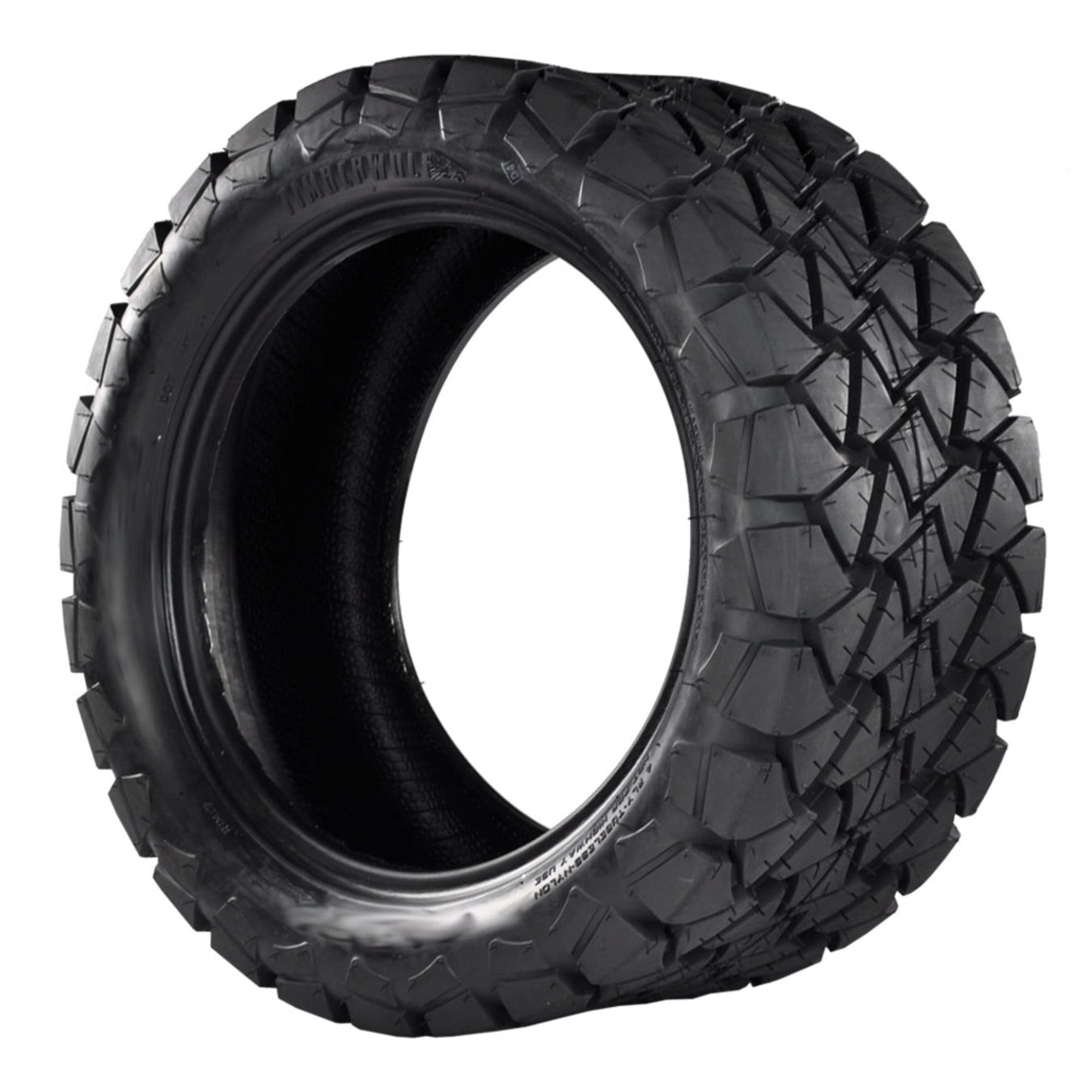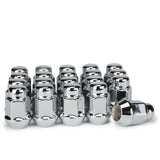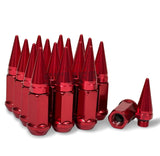If you have questions about golf cart wheels and tires- we have answers! This guide will walk you through everything you need to know about golf cart wheels and tires. Covered topics include wheel and tire sizing, when you need a lift kit, how to understand wheel and tire measurements, lug nut patterns, and more! If you still have questions, don't hesitate to reach out!

